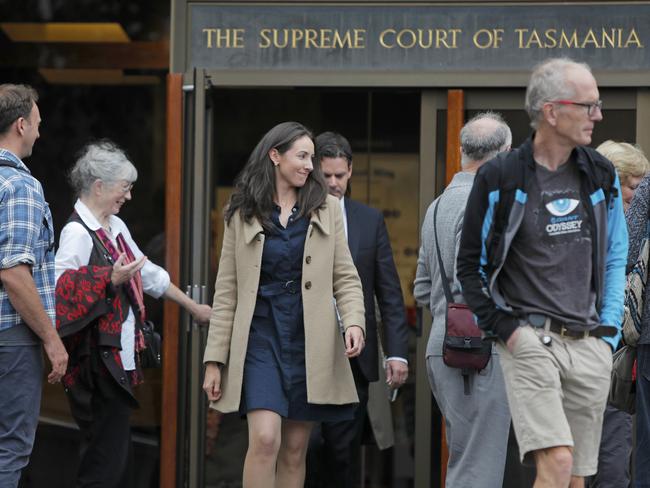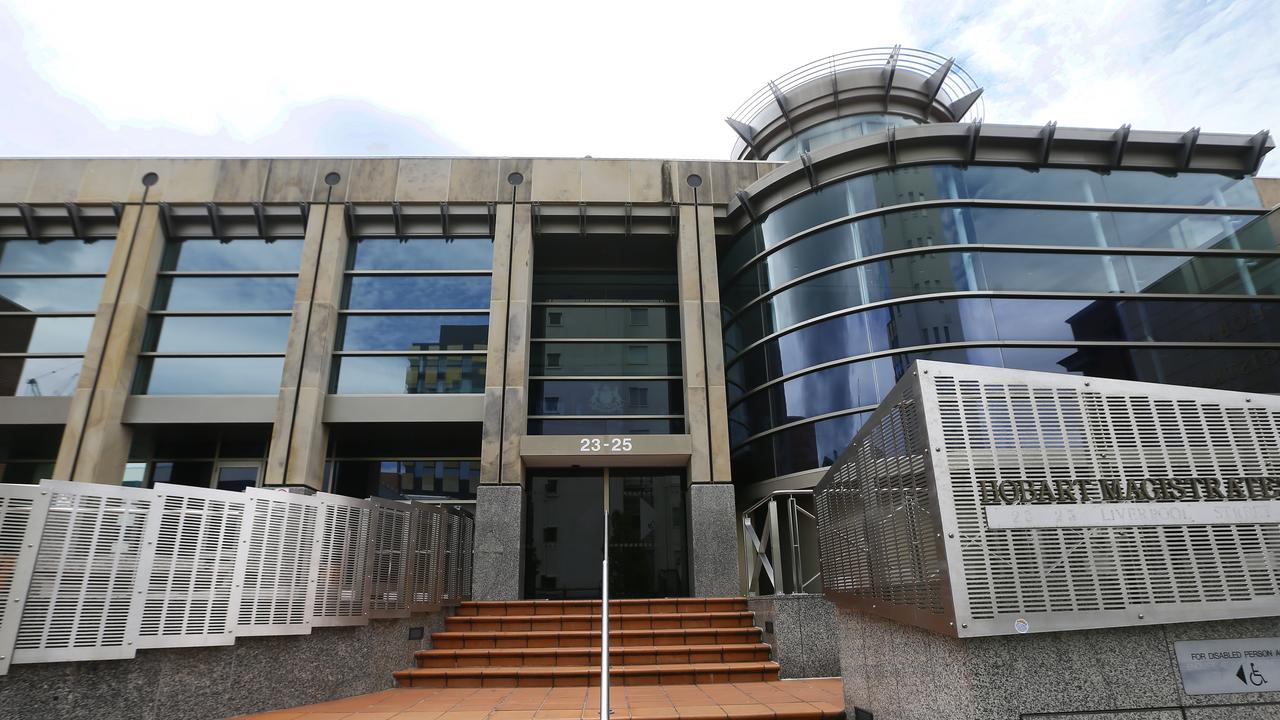Neill-Fraser appeal: Section 402A of the Criminal Code explained
Susan Neill-Fraser is the first person to lodge an appeal against their conviction under a law introduced in 2015. READ HOW IT WORKS AND WHAT COULD HAPPEN NEXT.

Scales of Justice
Don't miss out on the headlines from Scales of Justice. Followed categories will be added to My News.
SUSAN Neill-Fraser is the first person to lodge an appeal against their conviction under a law introduced by the Tasmanian Government in November 2015.
Under Section 402A of the Criminal Code, the Court of Criminal Appeal may hear a second appeal if a single judge grants leave for the convicted person to lodge that appeal.
Fresh and compelling evidence is the sole ground of appeal required under the section.
Justice Michael Brett yesterday said he was satisfied Neill-Fraser had a reasonable case to present to the Court of Criminal Appeal in support of the ground of appeal and that it was in the interests of justice for leave to be granted.
MORE NEILL-FRASER COVERAGE:
NEILL-FRASER WINS APPEAL APPLICATION
SUE NEILL-FRASER CASE TIMELINE
“If leave is granted, then the Court of Criminal Appeal may only uphold the appeal if satisfied that there is fresh and compelling evidence, and after taking into account the fresh and compelling evidence, there has been a substantial miscarriage of justice,” he said.
“Otherwise the Court is required to dismiss the appeal.”
Section 402A defines fresh evidence as material that was not adduced at the trial of the convicted person and that could not, even with the exercise of reasonable diligence, have been adduced at that trial.
Compelling evidence is reliable, substantial and in the context of the issues in dispute at the trial of the convicted person, highly probative of the case for the convicted person.
In deciding whether there was a substantial miscarriage of justice, the Court of Criminal Appeal considers whether there was a significant possibility the jury, acting reasonably, would have acquitted the accused had the fresh evidence been before it at the trial.
If the Court upholds the second or subsequent appeal of a convicted person, it may quash the conviction and either direct a judgment and verdict of acquittal be entered or order a new trial be held.

Justice Brett said while Neill-Fraser’s case was the first in which leave to appeal under the 2015 law had been sought, the section had been clearly modelled on South Australian legislation of a similar nature.
Justice Brett said avoiding numerous unmeritorious appeals was a matter which should inform the interpretation of the legislation. Neill-Fraser was convicted of murder after a finding of guilt by a jury on October 27, 2010.
The Court of Criminal Appeal dismissed the first appeal against her conviction on March 6, 2012, and she subsequently applied for leave to appeal to the High Court, but this application was refused.
chanel.kinniburgh@news.com.au


